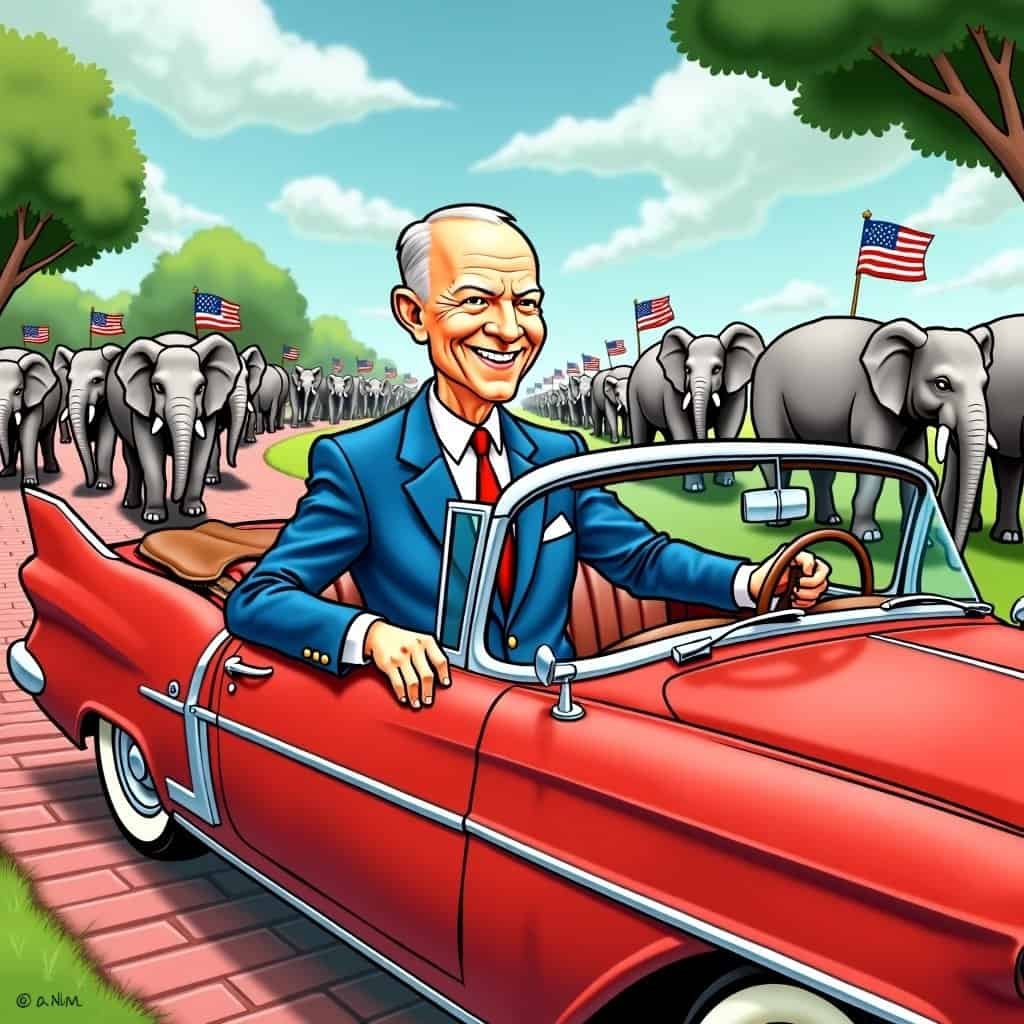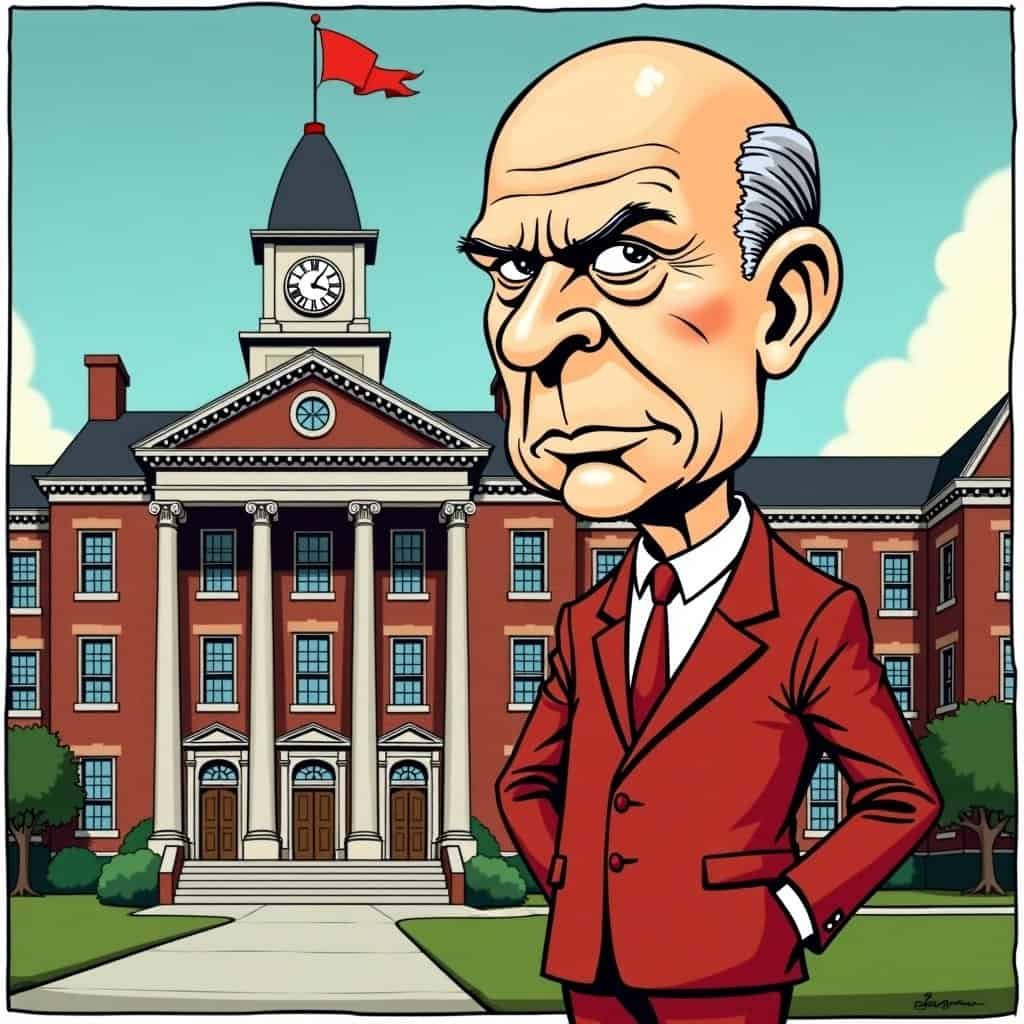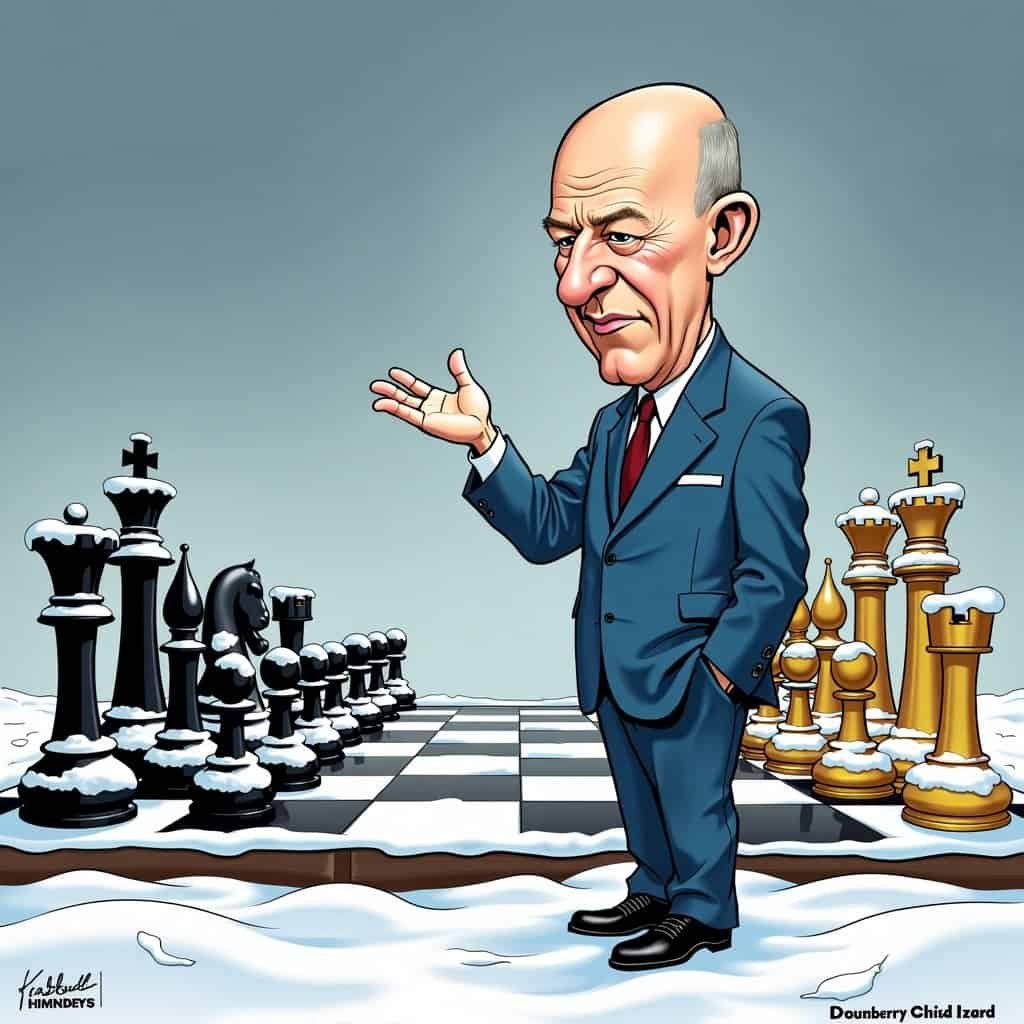Ah, Dwight D. Eisenhower! The guy who could make balancing the books seem as thrilling as a high-stakes poker game. Picture this: a world where the government’s wallet wasn’t bursting at the seams. That’s the America Ike dreamed of, and boy, did he roll up his sleeves to make it happen!
Let’s set the scene. It’s the 1950s, a time when America wasn’t just about poodle skirts and jukeboxes. Ike, with his no-nonsense attitude and a knack for smart money moves, led the charge in making sure Uncle Sam didn’t overspend!
Now, don’t get me wrong, our man Eisenhower wasn’t about to turn into a Scrooge. No siree! He had a vision—a down-to-earth, optimistic one. Think of a country where the government’s piggy bank isn’t stuffed to the brim! Eisenhower wanted smart spending over throwing cash around like confetti—he believed in giving people and businesses the room to grow, a cornerstone of old-school Republican thinking.
Eisenhower’s Fiscal Policy: A Balancing Act
Eisenhower’s money-saving ideas were as much a part of him as his famous grin. In his book, balanced budgets were like a well-oiled machine—they keep everything running smoothly. This way of thinking not only won him fans among the fiscally-minded but also created a playground where businesses could thrive without drowning in taxes.
Imagine a world where the taxman isn’t constantly knocking on your door because Eisenhower knew how to pinch pennies. Back then, they didn’t just hike up taxes to bring in more cash. Instead, they widened the net. Lower taxes lit a fire under private investment that had even the grumpiest naysayers wondering if Ike was cooking up some economic magic in the White House kitchen!
Economic Growth Under Eisenhower
-
GDP Growth:
3.5% average annual growth
-
Unemployment Rate:
4.9% average
-
Inflation Rate:
1.4% average
With Ike at the helm, money flowed like maple syrup on pancakes, sparking new ideas, creating jobs, and fattening up paychecks. It was like a well-oiled machine—each part working together, adding up to a symphony of American success!
The Great Balancing Act: Restraint and Investment
Here’s the kicker: while Eisenhower was all about keeping a tight grip on the purse strings, he wasn’t afraid to splash out on big projects like the Interstate Highway System—a grand plan worth every red cent. He saw that future success wasn’t just about counting pennies but about putting those pennies where they’d do the most good. Clever, right?
Of course, not everyone was on board. Those big government fans probably thought Eisenhower’s penny-wise approach would send America back to the Dark Ages. But let’s be real, they’d probably hug a bureaucracy and wouldn’t know true financial freedom if it hit them with a balanced-budget stick!
The Eisenhower Legacy: More Than Just Balancing Books
As the dust settled on Ike’s reign, the perks of his policies were as clear as day. The takeaway? Give the people back their financial power while keeping the country safe without blowing a hole in the treasury. Eisenhower might have been all about strength, but he wasn’t looking to strong-arm anyone’s wallet!
Today’s budget-conscious politicians still tip their hats to Eisenhower’s money-saving ways. They get that a lean, mean government machine lets people’s creativity run wild. Just like Ike knew: watch the spending, keep taxes low, and trust good old American know-how. The man wasn’t just juggling numbers; he was showing us what real leadership looks like when it comes to the nation’s piggy bank.
So there you have it. Dwight D. Eisenhower—the general who turned number-crunching into an art form. Who knew bean-counting could be this much fun?
Table of Contents
- Eisenhower’s Fiscal Policy: A Balancing Act
- The Great Balancing Act: Restraint and Investment
- The Eisenhower Legacy: More Than Just Balancing Books






